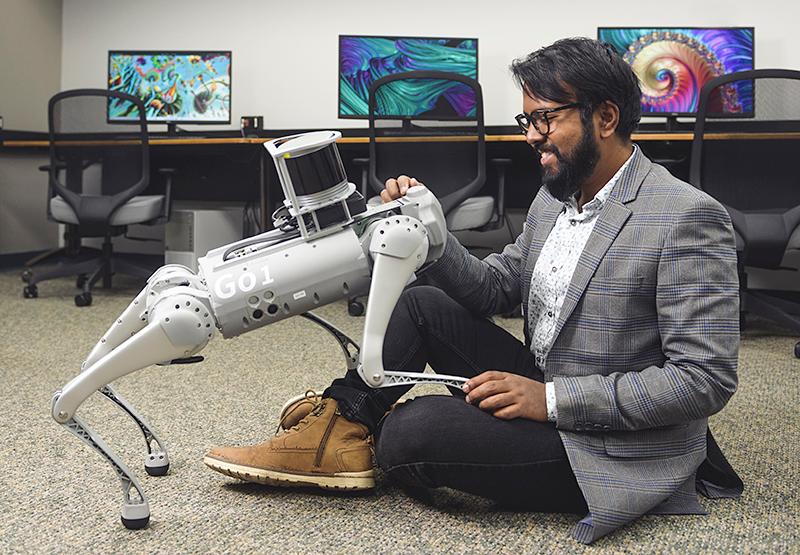Computer scientists in Indiana are training robots to comprehend human emotions, nonverbal cues, tone of voice, subconscious movements and gestures, and eye movements in pursuit of teaching them to become more heart-smart, not just head-smart.
Aniket Bera, an Assoc. Prof. of computer science at Purdue University’s College of Science and an expert in emotional computing—the study of giving machines emotional intelligence—said his lab works at the intersection of humans and machines.





